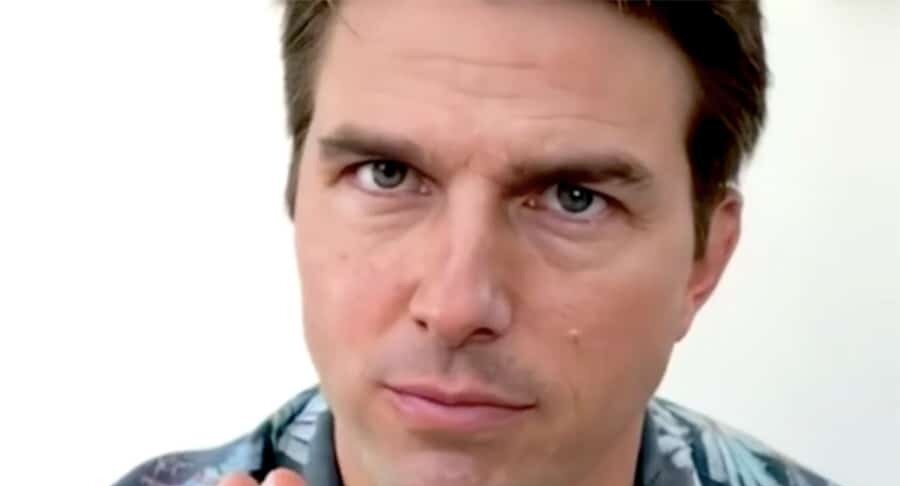https://www.youtube.com/watch?v=wq-kmFCrF5Q
Apparently, some people believed this viral TikTok Tom Cruise deepfake video was real, despite the fact that the author didn’t intend it.
Furthermore, he couldn’t help himself, coming out and taking credit for it. Or maybe this was his plan, to build a career on the video. He’ll for sure be getting some calls from some people.
The creator of a series of deepfake Tom Cruise videos that garnered more than 11 million views on TikTok said he never wanted to trick people.
But since he has, he’s hoping the sudden influx of attention can help bring greater awareness to the continued evolution of the technology that can create incredibly realistic fake videos of people.
“The important thing is, we didn’t want to fool people at any moment,” Chris Ume, 31, the Belgian visual effects artist behind the viral deepfakes, said in an interview. “If I can help in creating awareness, or even work on detection in the future, I would love to.”
Ume created the four videos, in which it appeared to show the Hollywood star playing golf, doing a magic coin trick, and falling over while telling a story about the former Soviet leader Mikhail Gorbachev. Three of them went viral, attracting attention on TikTok and across the internet.
https://www.youtube.com/watch?v=n3dPBiQa5bw
And though most people realized quickly that the videos were fake, even experts were impressed by their quality.
“My first thought was they’re incredibly well done,” said digital image forensics expert Hany Farid, who is a professor at the University of California, Berkeley, and specializes in image analysis and misinformation. “They’re funny, they’re clever.”
But they also offer a warning: Deepfake technology that has emerged in recent years continues to evolve and improve. And while deepfake videos have not yet been effectively used in many misinformation campaigns, the danger is growing.
They’re telling you that – but we’ve seen some interviews with Julian Assange and with Joe Biden that looked less real than these Tom Cruise videos.
“In the early days, you could see the potential, but it wasn’t even close to being there,” Farid said. “But this felt to me like it was a real step, like we just took a big step forward in the development of this technology.”
Cruise did not respond to a request for comment. Meanwhile his impersonator, Miles Fisher, replied to an NBC News email but said he did not wish to comment further.
Miles Fisher and deepfake Tom Cruise.
Synthetic digital content, otherwise known as a deepfake, can include anything from an image or video in which one person or object is visually or audibly manipulated to say and do something that is fabricated. In the case of the @deeptomcruise TikTok account, Ume used a combination of visual effects and editing software to make Fisher look almost identical to the “Mission Impossible” actor.
“Almost” is an understatement. It obviously wasn’t designed to trick people, because they used a version of Cruise from 30 years ago or so.
Let’s not forget that people’s voices can be faked, too.
https://www.youtube.com/watch?v=bGpjKCOzWio
What’s worth noting is that there are professional “impersonator” actors who tend to focus on learning the body language and mannerisms of the people they are impersonating, along with their speech patterns. Just like with the Tom Cruise video and the laugh, that fills in the gaps.
They can do this with anything, and they would do it with anything. Without even getting into the Sandy Hook or David Hogg question (which you can get sued for talking about), they’ve already done things like fake gas attacks in Syria using actors.
So, this is coming, and it is probably already here, somewhere. I don’t really know what to tell you about this, other than that it has nullified the “pics or it didn’t happen” rule, completely.
What I see in the long run is that they will go back and attempt to rewrite history, by creating new images of what happened in history.

